6 best customer activation strategies
Want every user to become hooked on your product or service? Start by brushing up on the concept of customer activation — that magical moment when customers realize the value of your product and keep coming back for more. Customer activation is an essential part of customer life cycle marketing and one of the keys to successfully growing a business.
In this article, you’ll learn more about this all-important stage in the customer journey, including proven customer activation strategies and user activation metrics to evaluate your approach.
The magic of customer activation
Most business owners focus their efforts on constantly acquiring new customers. But if new users don’t quickly realize the benefit of your product — within days of their first use — they aren’t likely to remain customers for long.
Take mobile apps, for example. Your marketing team might be attracting attention and garnering new downloads daily. However, research shows that, on average, only 23 percent of customers return to the app the day after download, and only 11 percent return 14 days later.
Customers who activate quickly are two times more likely to remain with you for the long term, increasing your retention rate. Low activation rates limit your profitability, which is why it’s crucial to develop strategies to draw new users in.
How do you measure customer activation?
It’s important to measure the success of your customer activation strategies once you’ve put them in place. To do this, consider tracking the following user activation metrics:
- Time to activation: The time it takes for users to activate to specific milestones
- Activation rate: The percentage of people who achieve a specific activation milestone. To calculate this for each activation event: (Number of users who reached the milestone ÷ number of users who signed up) x 100
- Free-to-paid conversion rate: The number of customers using the free plan who upgrade to a premium plan
- Feature adoption: The number of people who use specific features of the product
- Churn rate: The percentage of customers who stop using the product
If any of these metrics aren’t where you want them to be, first review your activation milestones to make sure they are clearly defined and correctly timed (not too early or too late). Then, take a deep dive into your onboarding process, and find and address any barriers to activation.
What is considered a good customer activation rate? Across industries such as CRM, fintech and more, the average rate is 37.5 percent. Here are activation rates by industry are
- AI and machine learning software: 54.8 percent
- Customer relationship management (CRM) tools: 42.6 percent
- Healthcare products: 23.8 percent
- HR tools: 8.3 percent
- Fintech and insurance tools: 5 percent
6 proven customer activation strategies (with real-life examples)
The events that serve as activation points are usually referred to as milestones. For a project manager using a project management tool, for example, the point of activation might be setting up their first project in the software. For someone who subscribes to a freelance job platform, it might be creating a profile. Whatever your business or service, determining these milestones — and how you’ll drive people toward them — requires careful thought and planning.
You can tailor your customer journey in a variety of ways to make sure users who are a good fit for your product reach milestones quickly. Here are some helpful strategies to consider:
1. Personalized onboarding
As your first opportunity to interact with new users, onboarding is your chance to engage and educate. Avoid generic feature walk-throughs and focus on helping customers dive in quickly and intuitively. To do this well, you’ll need to understand the goals of your various user personas and personalize your onboarding process to meet the needs of each group. This could include sending personalized welcome messages or creating different tutorials for different personas.
The best in onboarding: Jotform. Jotform streamlines the onboarding process by allowing businesses to create interactive, customizable forms — like this Client Onboarding form — that gather essential user information effortlessly. Paired with Jotform Workflows, businesses can automate follow-ups and ensure a seamless experience, helping users reach their first activation milestone in no time.
Pro Tip
The onboarding process presents plenty of opportunities to improve activation rates. Some of the most helpful tactics include decreasing the number of steps in the process, reducing friction, and eliminating distracting calls to action (CTAs).
2. Targeted communication
After onboarding, send follow-up communications that will help move people toward the action you want them to take. These nudges can take multiple forms: emails, in-app notifications, milestone messages, and more. Make sure every message includes a clear and compelling CTA that engages customers in the relevant activity, such as “Create your first dashboard” or “Do your first workout.”
Nudging like a pro: Duolingo. Duolingo has mastered the art of follow-up communications with its streak reminders and daily practice notifications. Both message types have a gamification element that boosts user activation. Who doesn’t want to keep a hot streak going?
3. Incentives and rewards
Another way to speed activation is to offer customers discounts, special offers on first orders, or other deals and bonuses. For example, the Upside app offers a “new member bonus” that returns 25 cents per gallon of gas on the initial purchase — a compelling reward that spurs usage quickly.
Keep in mind that these incentives become even more powerful when they’re personalized, giving specific users rewards that are relevant to their interests and preferences.
Winning with rewards: Dropbox. Dropbox’s referral program rewards customers — and their referrals — with extra (free) storage. This clever tactic turns customers into both active users and promoters.
4. Clear product value
New users have some idea of how your product can help them, but it’s up to you to turn this vague assumption into clear understanding. Testimonials, bite-sized demos, and focused tutorials are all ways to call attention to how you can solve your customers’ pain points.
You can also design your onboarding process to lead directly into the most relevant jobs to be done, helping new users to see your value immediately. If they can easily envision themselves using — and loving — the product, they are more likely to take that first meaningful action that will unlock activation.
Making first impressions count: Canva. Canva’s tutorial popups showcase its drag-and-drop simplicity during the first session. Eliminating concerns about complexity and showing a beautiful end result removes roadblocks and reduces churn.
5. User-generated content (UGC)
User-generated content is a highly effective tool for improving customer engagement. It’s been shown to boost the likelihood of ongoing interactions with a company by as much as 28 percent. People tend to view user-generated content as more authentic than brand-created content, especially if a reviewer’s commentary resonates with their own pain points.
Building communities with UGC: GoPro. GoPro’s annual Million Dollar Challenge incentivizes users to share their videos of GoPro adventures. This tactic has been incredibly effective in building a community of engaged, passionate customers and brand ambassadors, which in turn inspires new users to get involved.
6. A/B test activation campaigns
You’ll need to continuously refine your activation strategy to optimize performance and user retention. Develop two options for every CTA, onboarding sequence, and incentive, and do A/B testing to determine which option performs the best — or whether you need to go back to the drawing board altogether. For example, using A/B testing, one brand found that adding three more messages to one of its email campaigns increased its click-through rate by an astonishing 138 percent!
Experimenting for success: Netflix. Netflix has made A/B testing a standard practice when introducing changes. It regularly fine-tunes its movie thumbnails and signup messaging to improve activation rates globally.
Tools for tracking activation success
There are lots of tools available to help you track — and increase — your activation rate. Using multiple tools at once can provide a more complete picture of whether your current strategies are working.
Ask users for feedback
- Jotform
- Google Forms
- SurveyMonkey
One approach is to ask your users for feedback directly. Ask how they feel about certain product features, what they see as the primary benefit of the product, or how easy it was to complete a particular milestone. Similarly, you could ask users who haven’t yet activated what’s standing in their way. Evaluate the feedback you receive to determine if your current strategies are on point or whether they might benefit from some changes.
Track user actions
- Hotjar
- Smartlook
Another information-gathering tactic is to track how people use and interact with your product. Tools like Hotjar and Smartlook allow you to watch people’s movements within your app or website, so you can see if (and when) they take expected actions. You might discover that people ignore certain CTAs, for example; conducting A/B tests with different wording or visuals could help turn things around.
Offer quality customer service
Lastly, you can also make sure you’re providing maximum support for your customers with the help of advanced customer service tools. Jotform AI Agents, Intercom, Freshdesk, LivePerson, Gladly, and similar tools can help you connect with customers and keep them progressing smoothly. Among other things, these tools can send automated follow-up communications, answer customer questions, personalize customer interactions, and more.
Pro Tip
To effectively measure activation, tools like Jotform that streamline data collection and reporting are also invaluable. Jotform not only helps track user input with ease, but also allows businesses to automate workflows, improving the speed of activation and user engagement.
Start activating your customers more successfully
No doubt about it — one of the most underrated strategies for growing a business is to focus on activating your customers as quickly as possible.
New but inactive customers are likely to abandon your product or service in the near future, increasing your churn rate. On the other hand, users who are actively engaged with your product and fully realize its value are well on their way to becoming long-term customers. Activation is the key to getting more people to stick around longer — and to gaining new and enthusiastic advocates who will happily help promote your product.
Understanding your customers and what motivates them is the first step to crafting an effective activation strategy. From there, it’s simply a matter of fine-tuning your onboarding process and finding the right mix of incentives, communications, and user-generated content that will nudge people forward.
Don’t wait. Start taking steps today to improve your customer activation rate! A little effort in this area can take your business — and your customers — a long way.
This article is aimed at business owners, marketers, and product managers who want to improve user retention by helping new customers quickly realize a product’s value through effective activation strategies and metrics.
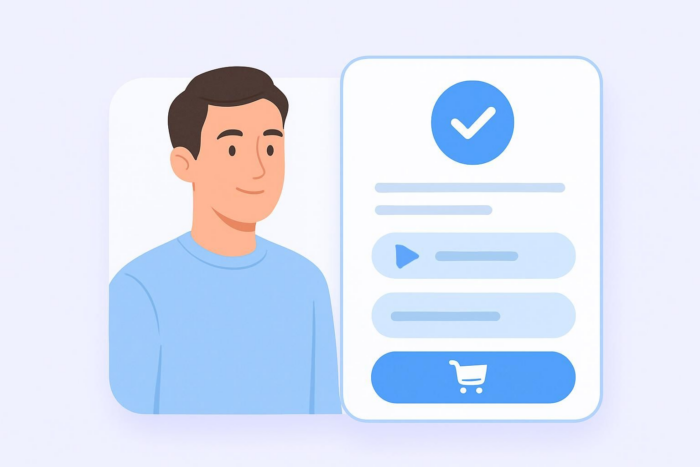
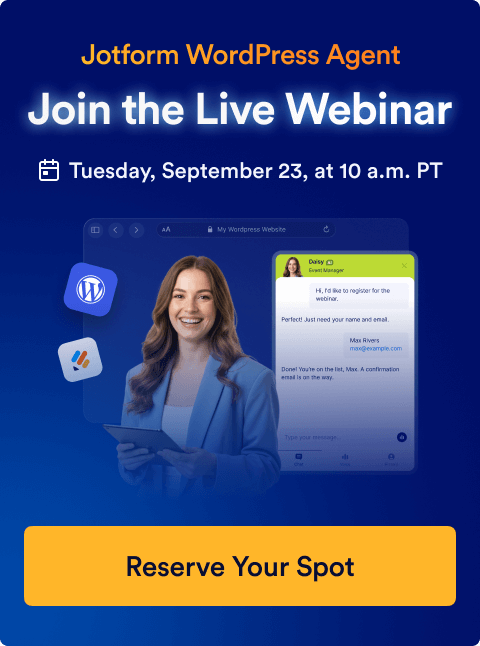

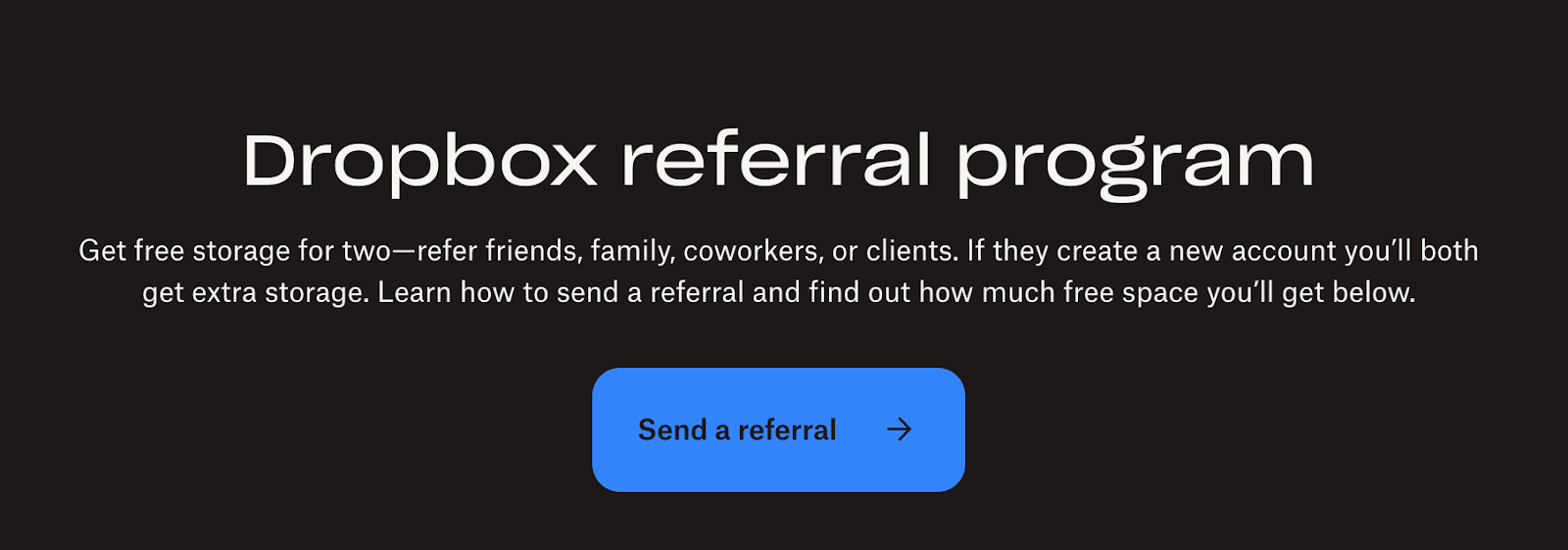

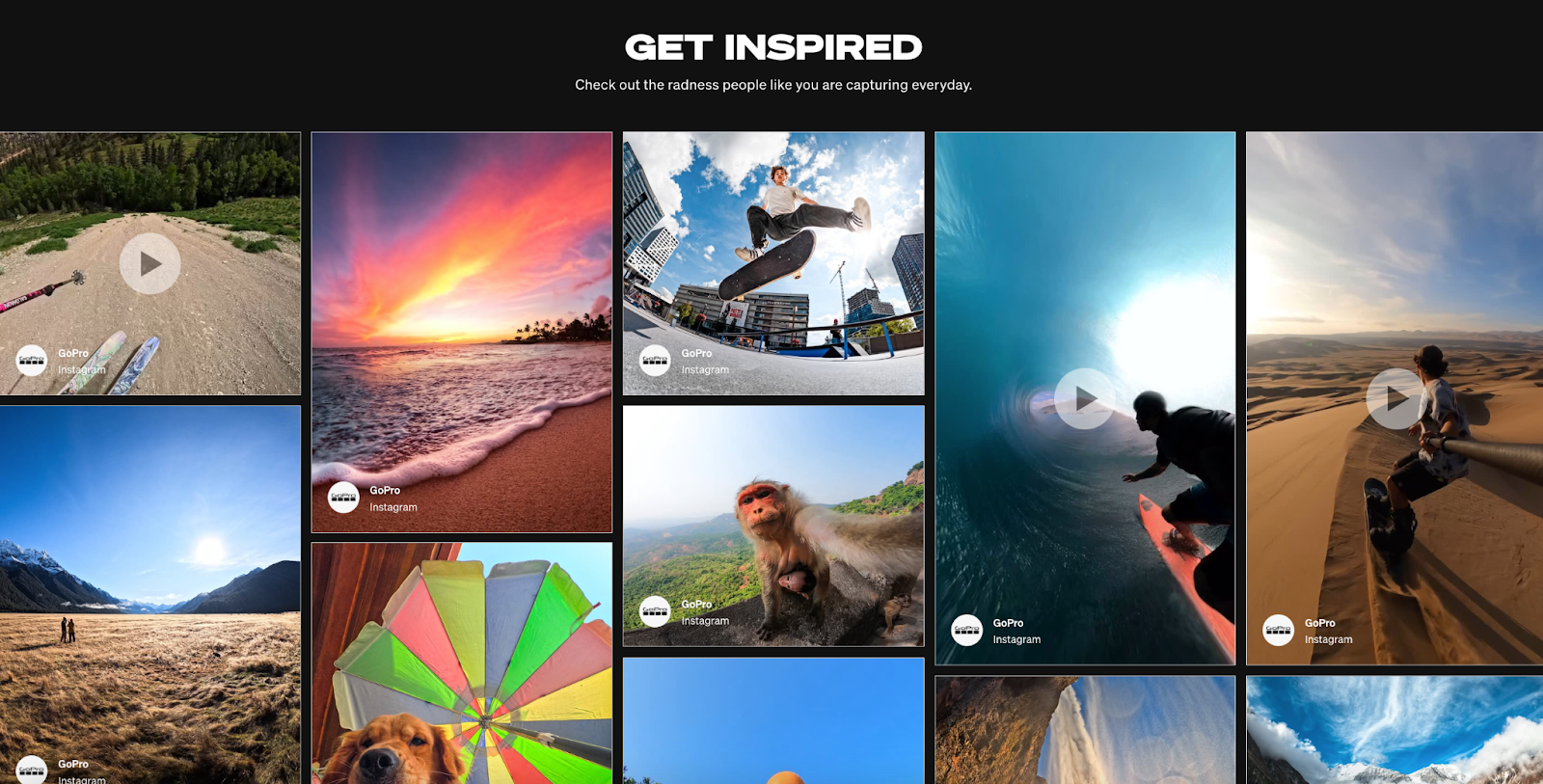




















































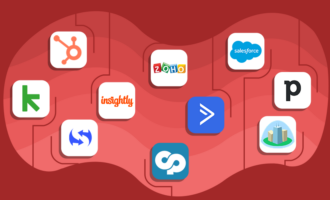




Send Comment: